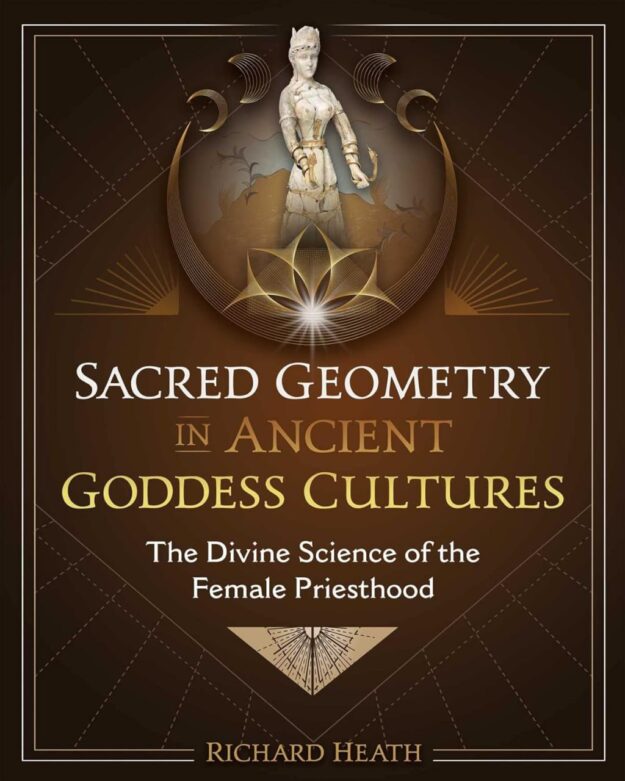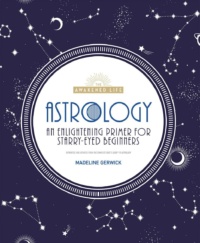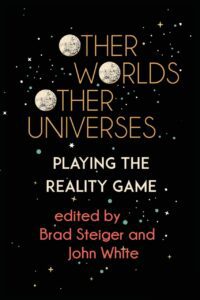“Sacred Geometry in Ancient Goddess Cultures: The Divine Science of the Female Priesthood” by Richard Heath

🕵️🐷🕵️ zero-day🕵️🐷🕵️
"Examines the ancient cosmic science of the female megalithic astronomers
• Describes the shared sacred geometry and astronomy knowledge in the megalithic monuments, temples, and secret calendars of the matrilineal cultures of Malta, Gobekli Tepe, and the Minoans of Crete
• Shows how early Christians helped preserve ancient science by encoding it in the rock-cut churches of the Cappadocia region of Turkey
• Explains how Greek myths reveal the transition from matriarchy to patriarchy
Long before Pythagoras and Plato, before arithmetic and Christianity, there existed matrilineal societies around the Mediterranean, led by women with a sophisticated understanding of astronomy and sacred science. In this detailed exploration, Richard Heath decodes the cosmological secrets hidden by ancient goddess-centered cultures on the island of Malta, at Gobekli Tepe in Turkey, and on the Greek island of Crete.
Heath reveals how the female astronomers of Malta built megaliths to study the sun, moon, and planets, counting time as lengths and comparing lengths using geometry. He shows how they encoded their cosmological and astronomical discoveries, their "astronomy of the goddesses", in the geometries of their temples and monuments. Examining Maltese and Cretan artifacts, including secret calendars, he details how the Minoans of Crete transformed Maltese astronomy into a matriarchal religion based upon a Saturnian calendar of 364 days. He also reveals evidence of the precursors of Maltese astronomical knowledge in the monuments of Gobekli Tepe.
Looking at the shift from sacred geometry to arithmetic in ancient Mediterranean cultures, the author parallels this change in mindset with the transition from matriarchal to patriarchal cultures. He reveals how Greek myths present a way to see the matriarchal past through patriarchal eyes, detailing how Saturn’s replacement by Jupiter-Zeus symbolizes the transition from matriarchy to patriarchy. The author examines how the early Christians helped preserve the ancient astronomy of the goddesses, due to its connections to Christ’s cosmological teachings, by encoding it in the artwork of the rock-cut churches and monasteries of the Cappadocia region of Turkey.
Revealing how our planet, with its specific harmonics and geometries within our star system, is uniquely designed to support intelligent life, the author shows how this divine spiritual truth was known to the ancient astronomers."









Comments and discussion can be found in the channel